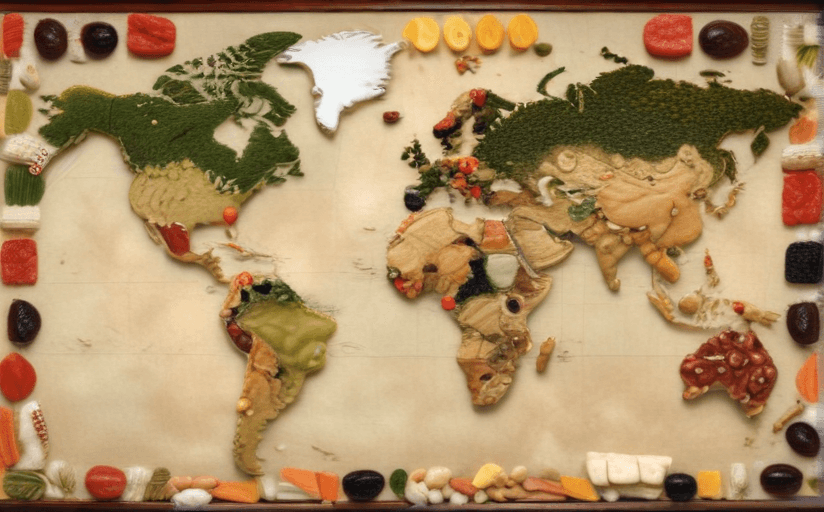The Cultural Significance of Food Preservation Techniques Around the World
In the global arena, various cultures have developed unique methods of preserving food that extend beyond simple utility. These preservation techniques not only serve to fulfill the basic human need for sustenance but also stand as powerful symbols of cultural identity, social traditions, and food sustainability. In this article, we explore the diversity and evolution of these practices, and their profound influence on culinary landscapes across the globe.
History & Evolution of Food Preservation Techniques
Food preservation techniques have been an integral part of human civilization for thousands of years. Historical records show that our ancestors practiced techniques like drying, fermenting, smoking, and salting to prolong the shelf life of their food. Over time, these methods have evolved and adapted to modern needs, reaching sophisticated levels of development in the current age. For instance, refrigeration, canning, vacuum packing are the results of modern technological advancement, yet they draw their roots from our historical preservation practices.
Diverse Techniques Across the World
Across the globe, every culture has its unique methods for food preservation that have, over time, become embedded in their cultural fabric. For example, in Italy, meat and cheeses are often preserved by curing, a process of dehydration using dry air, salt or sugar. In Korean cuisine, one would find numerous dishes like Kimchi that involve fermentation. The Inuit of the Arctic preserve meat through freezing in ice. Each of these techniques reveals the ways in which cultures have innovatively harnessed their local resources and climates to safely store food.
Social and Cultural Implications
While these techniques are fundamentally practical, their social and cultural implications cannot be overstated. They have shaped eating habits, social rituals, and even festivals. For instance, pickling parties are a tradition in many American communities. The Japanese pickle, Tsukemono, has cultural value as it is considered the Japanese home cooking's soul. Hence, these preservation acts contribute to a culture's unique culinary landscape, heritage, and identity.
A Catalyst for Food Sustainability
Food preservation has surmounted the test of time, not only due to its role in the cultural sphere but also for its pivotal role in food sustainability. By reducing food spoilage, these practices play a vital role in combating food waste - a modern-day challenge. As such, they are crucial to achieving global goals for sustainable development.
Conclusion
Despite the advent of modern preservation techniques, traditional methods continue to hold their ground, owing to their cultural significance and sustainable nature. They tell fascinating stories about civilizations and their ingenious adaptability. As societies evolve, these food preservation techniques will continue to adapt, maintaining their significant place in our lives and cultures around the world.

















Comments
Leave a Comment